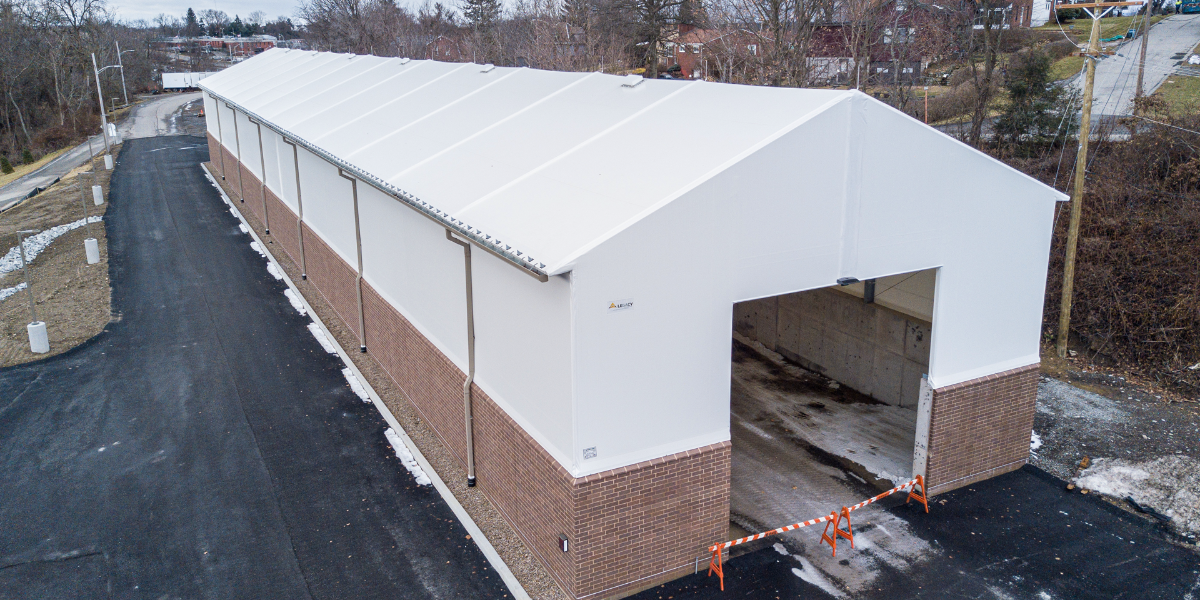A Smarter Way to Purchase for Government Agencies, Large and Small

The government buying process can be notoriously complicated – often involving RFPs, bid letting and reams of paperwork. But state, local and educational (SLED) organizations can significantly cut through this red tape by using a cooperative purchasing agreement.
Cooperative purchasing agreements are created by organizations that do much of the up-front work so your team can focus on the actual direct purchase of items – everything from coffee and cleaning supplies to larger investments like buildings and heavy equipment. Essentially, you can then shop for items for your organization just like you would buy any product in the marketplace.
There is an additional benefit. By joining a cooperative purchasing organization, even the smallest municipality or school district, can leverage its purchasing power. Your municipality will have access to products and prices usually reserved for only the largest government agencies.
Some cooperative purchasing organizations include:
- Fastenal
- Sourcewell
- Omnia Partners
Pricing in cooperative purchasing contracts is transparent and has already been negotiated, allowing you to get the best value without soliciting bids for every single item you purchase.
Can you buy a building this way?
Cooperative purchasing contracts simplify the municipal construction process and allow entities to ultimately get the product and end result they want. There are several reasons why SLED organizations use cooperative purchasing agreements.
- The bid letting process doesn’t always give you the results you want. An open solicited spec can produce results that are open to interpretation, and when everyone doesn’t agree, the end product—in this case a building you will live with for a long time—can pay the price. In addition, many open‐source bids are awarded based on lowest price, not best value.
- It’s always best to work directly with your builder throughout the construction process. Specifying the building you want, and working with that vendor to find the best way to get results, is optimal. By contracting through a co‐op, the design engineers can get involved in the very earliest phases of the project. This is especially important in construction; by partnering with one supplier, the design engineers are involved before plan drawings are even created.
This partnership gives both you and your builder an opportunity to plan and prepare for the project, eliminating many of the potential risks and pitfalls that can happen during major projects. For example, when amendments to building plans happen—and they do—you can both do your best to minimize delays to construction.
Direct contact saves time, money and hassle by facilitating smooth communication. Together you can resolve many of the scheduling challenges if you are both communicating clearly and directly.
Fabric buildings play a key role in government projects. See some examples.
- Purchasing through a co‐op will save you time and money that might be spent on bid solicitation. First, the bid process is time consuming, repetitious, slow and rife with miscommunication. Just reading through the bids you receive will take you days or weeks to finish. Second, the price in the bid is vulnerable to the mark‐ups, change orders and unclear scope descriptions. With a cooperative purchase agreement, you and your stakeholders will know how much the project will cost before it is contracted.
- One of the biggest benefits of shopping with a cooperative purchasing agreement is the ability to shop like a consumer. Let’s face it, you know how to shop—compare prices, look at quality, examine your budget, etc. Freed from the restrictions of bid letting and RFPs, you can specify exactly the building you need.
We all want to shop apples to apples. With a cooperative purchasing agreement, government organizations have that same freedom.
Learn more about the services Legacy provides to state and municipal entities.
Want to learn more about cooperative purchasing? The Effective Building Construction and Planning for SLED Entities webinar has extensive information about cooperative purchasing contracts. Watch it now.
Subscribe to our Blog
Recent Posts
- 5 Factors Every Project Owner Should Consider Before Approving Building Materials
- The 20-Year View: How Material Choices Impact Long-Term Operational Costs
- Climate Resilience in Commercial Construction: Why Traditional Methods May Not Be Enough
- Speed and Quality: The Role of Hybrid Building Materials
- Beyond the Bleachers: Designing Visually Striking Sports Facilities

